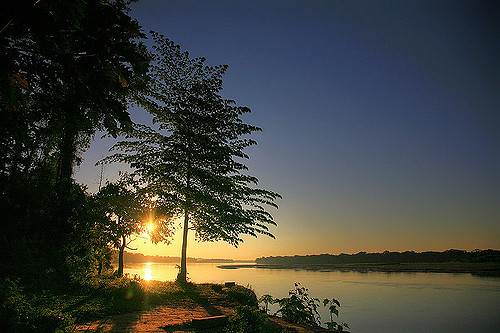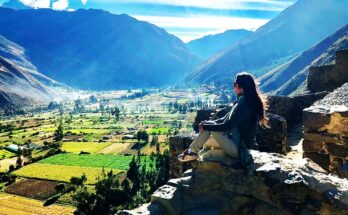Behind and beyond the mountains, the endless greens of nature’s last stance against an ever evolving world lulls tourists in and awakens the excitement and feeling of strolling through an uncharted land. Here, nature is king with an array of florescent colors and an exuberant and utterly breathtaking living breathing entity. The Amazonian jungle is nothing less, and it is a prime destination for anyone with a keen photo lens in Peru.
The warm humidity of its tropic climate benefits the Amazon’s wildlife, but for photographers and photography equipment will suffer because of these conditions. Your average camera is not designed nor equipped to handle the humidity found in the jungle and the constant climate changes of sun throughout the day, and rain all night. Fortunately, this problem is now a thing of the past. Nevertheless, you should always take precaution when taking photos in the jungle.
In this corner of the world, the photographers’ favorite snapshots tend to typically be of the majestic wild parrots, the jungle’s otters, the many species of monkeys, and on fortunate occasions like ours, the powerful jaguar which so happened to wander into our camera’s sight. Jaguars alone have brought from the most professional to the most average novice photographers into the jungle with hopes of capturing one with their lenses.
For excellent picture taking, your best option is to find a camera with a high quality lens and flash of which should be used only in certain situations. In fact, the camera flash should not be used at night. It may attract wild animals to the campsite which can prove to be an inconvenience. During the daytime, the sun by itself makes the colors more lively.

If the sun is too harsh and the colors too harsh, then we have to adjust the white balance settings on the cameras or it’s digital image form. Additionally, the ideal camera should be able to withstand the climate changes and should be waterproof to some degree, or at least their carrying cases should be able to protect them from outdoor conditions. Some have found that silicone is helpful in keeping their camera temporarily water and humidity proof.
Finally, where you stand to take a photo is of great importance. For example, if you are to take a photo and you need to stand in the shallow bank of the river, remember to keep in mind that you don’t want to step on nor invade the space of something living and breathing that may end up ruining your day.



